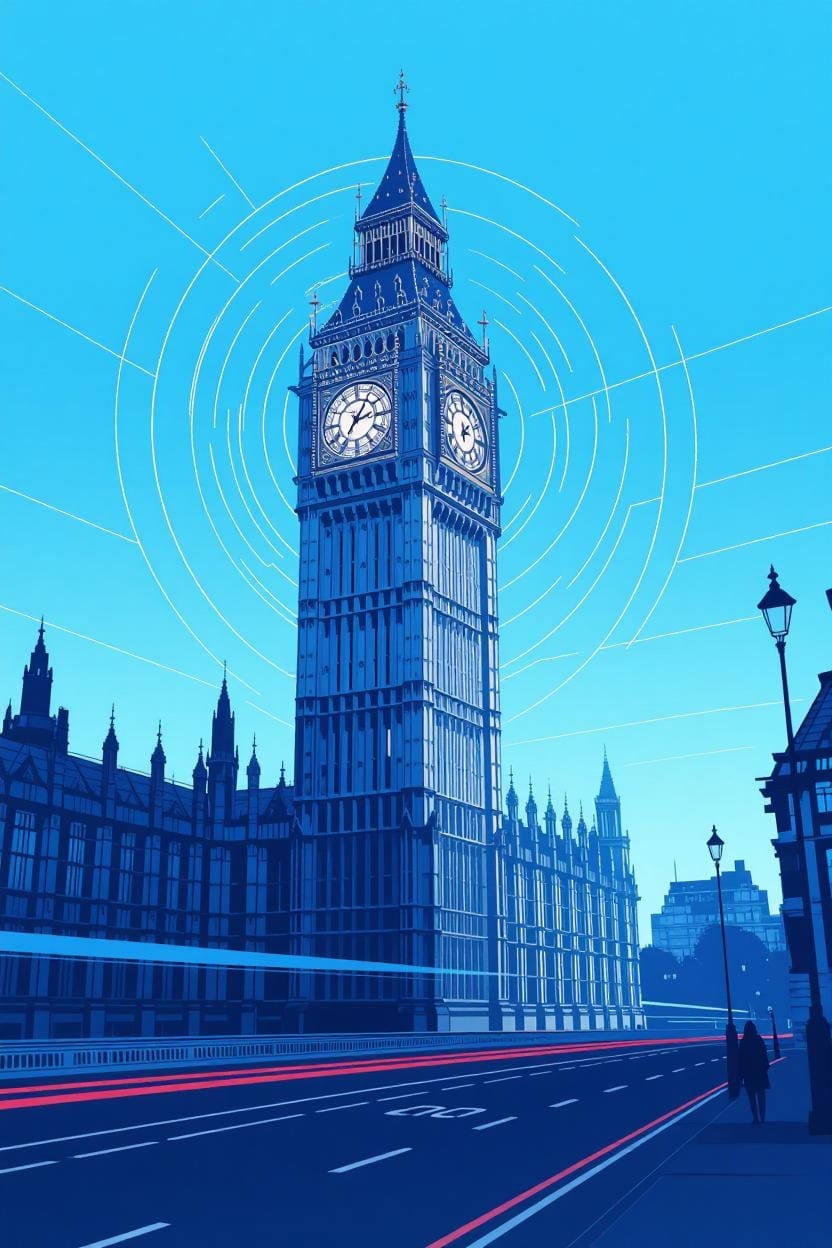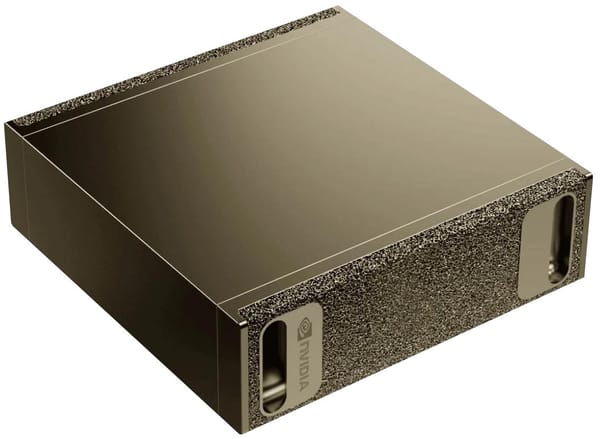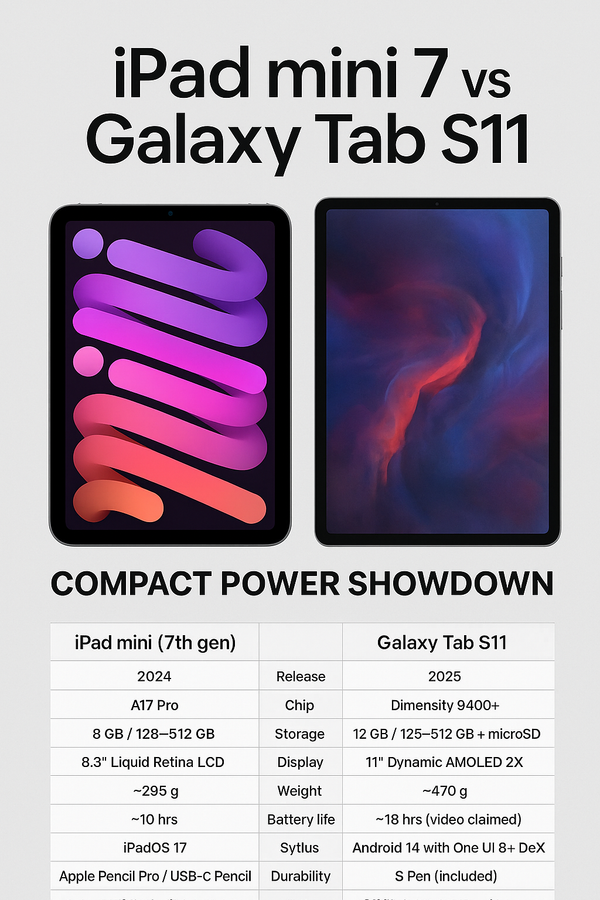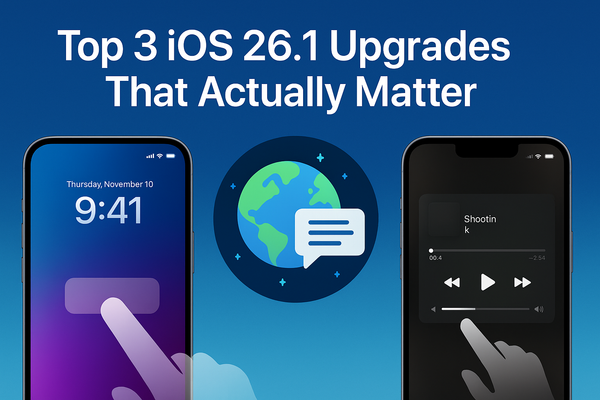The Clock Has Run Out: 5 Critical Impacts of Windows 10 End of Support on You
The clock has run out for Windows 10. No more free bug fixes or support. If your PC can't run Windows 11 due to hardware (like the TPM chip), you might need a new computer soon! Don't wait until compatibility issues lock you out.

Today is the day. After years of reliable service, October 14, 2025, marks the official end of support for Windows 10. This isn't just a technical footnote; it's a major milestone that carries significant implications for every individual still using Microsoft's venerable operating system.
If your personal computer runs Windows 10, it's crucial to understand what this means for you. Here are the top five critical impacts you'll face starting now:
1. Your PC Becomes a Prime Target for Cyberattacks and Data Theft 🛡️
This is, without a doubt, the most pressing concern. As of today, Microsoft will no longer release free security updates or patches for Windows 10. Cybercriminals thrive on exploiting vulnerabilities, and an unpatched operating system is like an open door to your digital life.
- The Risk: Every new security flaw discovered from this point onward will remain unaddressed on your Windows 10 machine. Hackers will actively seek out and exploit these vulnerabilities, making your PC a prime target for malware, ransomware, viruses, and phishing attacks.
- The Consequence: Your personal data – banking information, passwords, private documents, photos, and more – is at significantly increased risk of being stolen, corrupted, or held for ransom.
2. You Might Need to Buy a New Computer (Hardware Incompatibility) 💻
Many Windows 10 users were hoping for a seamless upgrade path to Windows 11. However, Windows 11 has stricter hardware requirements, most notably the need for a TPM 2.0 (Trusted Platform Module) chip. A vast number of older but perfectly functional Windows 10 PCs simply don't have it.
- The Impact: If your current PC is ineligible for the free upgrade to Windows 11, your long-term, secure solution is likely to be a new computer.
- The Cost: This can translate into an unexpected and potentially substantial expense, forcing you to replace hardware that was otherwise serving you well.
3. A Slow Decline in App and Hardware Compatibility 📉
While not immediate, this impact will gradually become more noticeable. As Windows 10 becomes an "unsupported" operating system, third-party software developers and hardware manufacturers will inevitably stop supporting it.
- Software Decay: Over time, newer versions of your favorite apps – web browsers, office suites, games, or creative tools – will increasingly require features or drivers only available on Windows 11. Older versions of these apps might also stop receiving their own vital security updates.
- Hardware Headaches: Thinking of buying a new printer, webcam, or graphics card? There's a growing chance that new peripherals may not release drivers for Windows 10, meaning they simply won't work correctly, if at all, on your PC.
4. No More Free Technical Support or Bug Fixes 🛠️
If you encounter a frustrating bug, a performance issue, or your system starts acting strangely, you're officially on your own. Microsoft will no longer offer free technical assistance or issue patches for problems related to the Windows 10 operating system itself.
- Lack of Support: Finding solutions for system-level problems will become much harder, relying on community forums or paid third-party support.
- Stability Issues: Unpatched bugs and growing instability could lead to more frequent crashes, frustrating performance degradation, and a general decline in your PC's usability over time.
5. Potential Costs to Stay Protected (Extended Security Updates) 💰
If you absolutely cannot upgrade to Windows 11 or buy a new PC right now, Microsoft offers a temporary reprieve – but it comes at a price.
- The ESU Program: The Extended Security Update (ESU) program provides critical security patches for an additional year.
- The Financial Impact: For most individual consumers, this is a paid subscription service, adding a recurring cost to simply keep using your existing PC safely for a limited time. While it buys you time, it's not a long-term solution.
What Should You Do Now?
If you're still on Windows 10, the most crucial first step is to check your PC's eligibility for a free upgrade to Windows 11. Microsoft provides a dedicated tool for this.
Don't wait until a cyberattack impacts you personally. Take action today to protect your digital life and ensure your computing experience remains secure and supported.



